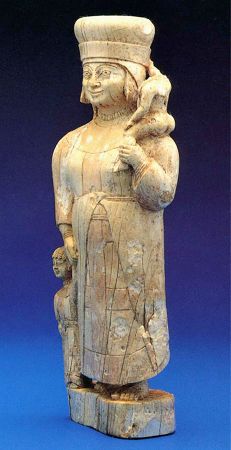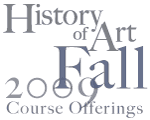435.001
HA/CLARCH
The Art and Archaeology of Asia Minor: Art and Archaeology of Anatolia
MW 2:30-4:00pm
2163 AH
3 Credit Lecture

This course provides a chronological survey of the art and archaeology of western Turkey, the place the Greeks called Anatolia, "the land of the rising sun," from the late Bronze Age (15th-12th centuries B.C.) to the mid-Hellenistic period (2nd century B.C.). The course begins by examining the collapse of Aegean Bronze Age civilization from an Anatolian perspective, focusing espe-cially on the archaeology of Troy and the Trojan war, and on the Hittite empire. We will then consider the re-emergence of town life in the Iron Age (11th to 6th centuries B.C.) and the formation of independent kingdoms in places such as Phrygia and Lydia, the lands of Midas and Croesus. Special attention will be paid to the role of Anatolia as an intermediary between the Greek cities of Ionia, on the western coast of Turkey, and the complex civilizations of the ancient Near East - in subjects as diverse as architectural ornament, the evolution of urban form, bronze casting, and the adoption of a written script. In the 6th century B.C., Anatolia was conquered by Persian invaders, who established a unified system of government that lasted until the coming of Alexander the Great in the mid-4th century B.C. In examining the Persian period in Anatolia, we will focus on the career of Mausolus, whose eponymous tomb, the Mausoleum, built and decorated by some of the most famous Greek architects and artists of his day, became one of the seven wonders of the ancient world. The last section of the course will consider the influence of the Anatolian heritage on the development of Hellenistic Greek civilization in sites such as Pergamon, which emerged as the capital of a powerful independent kingdom in the 3rd and 2nd centuries B.C. The archaeological evidence considered in this course comes mainly from excavations carried out at town-sites and monumental cemeteries, and the course will also investigate contemporary developments in Anatolian archaeology, including new research strategies such as regional survey in addition to ongoing excavation.
A.D.1

